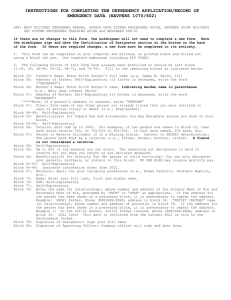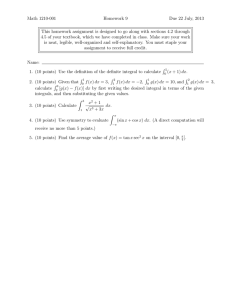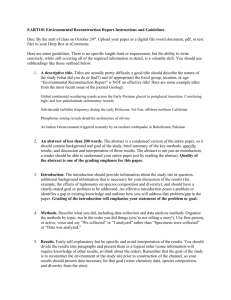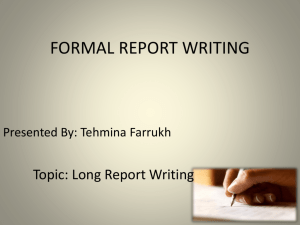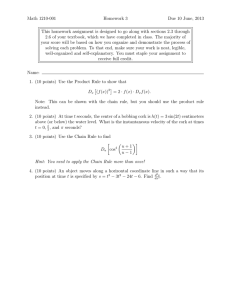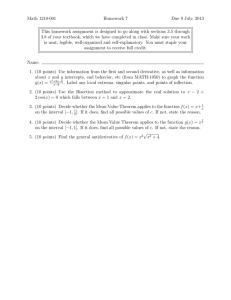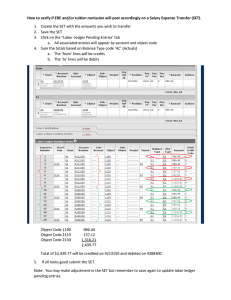www.XtremePapers.com IGCSE ACCOUNTING KEY (COMMAND) WORDS IN ACCOUNTING EXAMINATIONS
advertisement
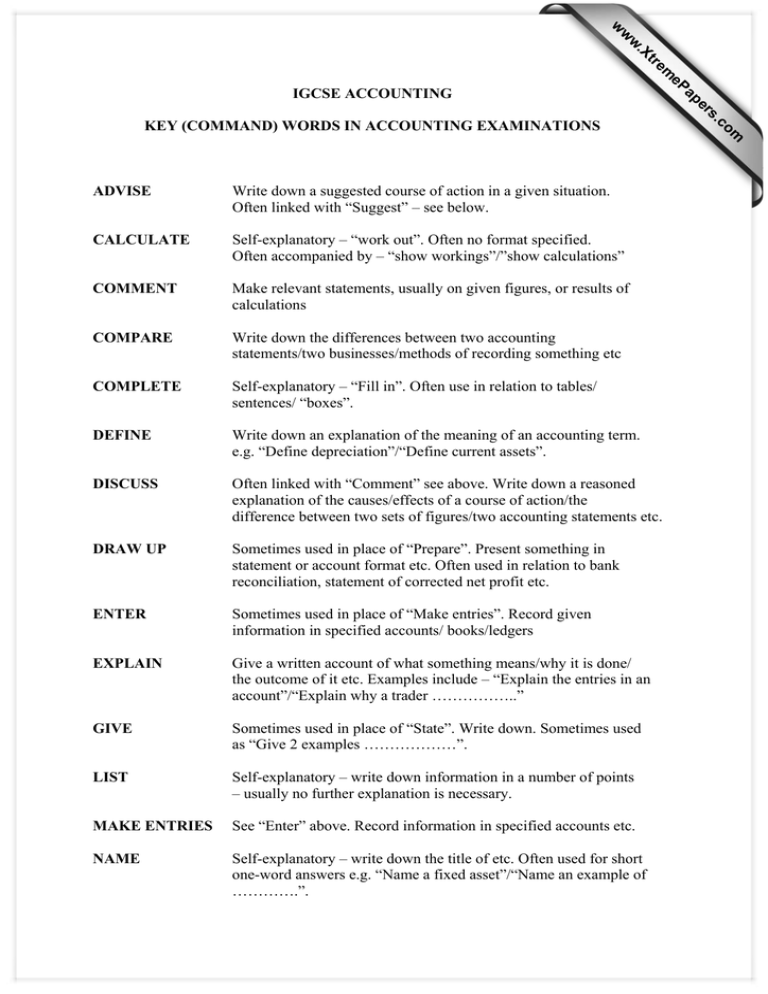
w w ap eP m e tr .X w IGCSE ACCOUNTING ADVISE Write down a suggested course of action in a given situation. Often linked with “Suggest” – see below. CALCULATE Self-explanatory – “work out”. Often no format specified. Often accompanied by – “show workings”/”show calculations” COMMENT Make relevant statements, usually on given figures, or results of calculations COMPARE Write down the differences between two accounting statements/two businesses/methods of recording something etc COMPLETE Self-explanatory – “Fill in”. Often use in relation to tables/ sentences/ “boxes”. DEFINE Write down an explanation of the meaning of an accounting term. e.g. “Define depreciation”/“Define current assets”. DISCUSS Often linked with “Comment” see above. Write down a reasoned explanation of the causes/effects of a course of action/the difference between two sets of figures/two accounting statements etc. DRAW UP Sometimes used in place of “Prepare”. Present something in statement or account format etc. Often used in relation to bank reconciliation, statement of corrected net profit etc. ENTER Sometimes used in place of “Make entries”. Record given information in specified accounts/ books/ledgers EXPLAIN Give a written account of what something means/why it is done/ the outcome of it etc. Examples include – “Explain the entries in an account”/“Explain why a trader ……………..” GIVE Sometimes used in place of “State”. Write down. Sometimes used as “Give 2 examples ………………”. LIST Self-explanatory – write down information in a number of points – usually no further explanation is necessary. MAKE ENTRIES See “Enter” above. Record information in specified accounts etc. NAME Self-explanatory – write down the title of etc. Often used for short one-word answers e.g. “Name a fixed asset”/“Name an example of ………….”. om .c s er KEY (COMMAND) WORDS IN ACCOUNTING EXAMINATIONS OUTLINE Write down. Often linked to “State” – see below. Give a brief written account of something, e.g. “Outline the ways to reduce bad debts”/“Outline the imprest system of petty cash”. PREPARE See “Draw up” above. Present some accounting information in a suitable format e.g. “Prepare final accounts”/“Prepare journal entries”/“Prepare a bank reconciliation statement”. RECORD Self-explanatory. Used in place of “Enter” or “Write up”. Make the necessary entries in a set of accounting records e.g. “Record a series of transactions in the cash book/ledger/books of prime entry” SELECT Self-explanatory – choose relevant information from that given. Often linked to a further instruction e.g. “Select the relevant information and prepare a Manufacturing Account/Trial Balance”. SHOW Self-explanatory - write down your workings/calculations or write down how an item will appear in some accounting statement. Often used when requiring preparation of Balance Sheet extracts/Profit and Loss Account extracts etc. STATE Self-explanatory – “write down”. Often used instead of “Give” – see above. Used when requiring written explanation of something e.g. “State 2 ways in which …………….”/“State how the trader can…………….” STATE AND EXPLAIN Usually requires a little more detail than just “State” and often an explanation of why/how. SUGGEST Requiring knowledge to be related to a given situation. Offer explanation why something occurred/how a situation can be improved/methods available to deal with a situation etc. USING Refer back to some previous information e.g. using your answer to Part (a), and calculate some figure or make suitable comments. WRITE UP May be used in place of “Prepare” see above. Often used in connection with ledger accounts, cash books, books of prime entry etc.

